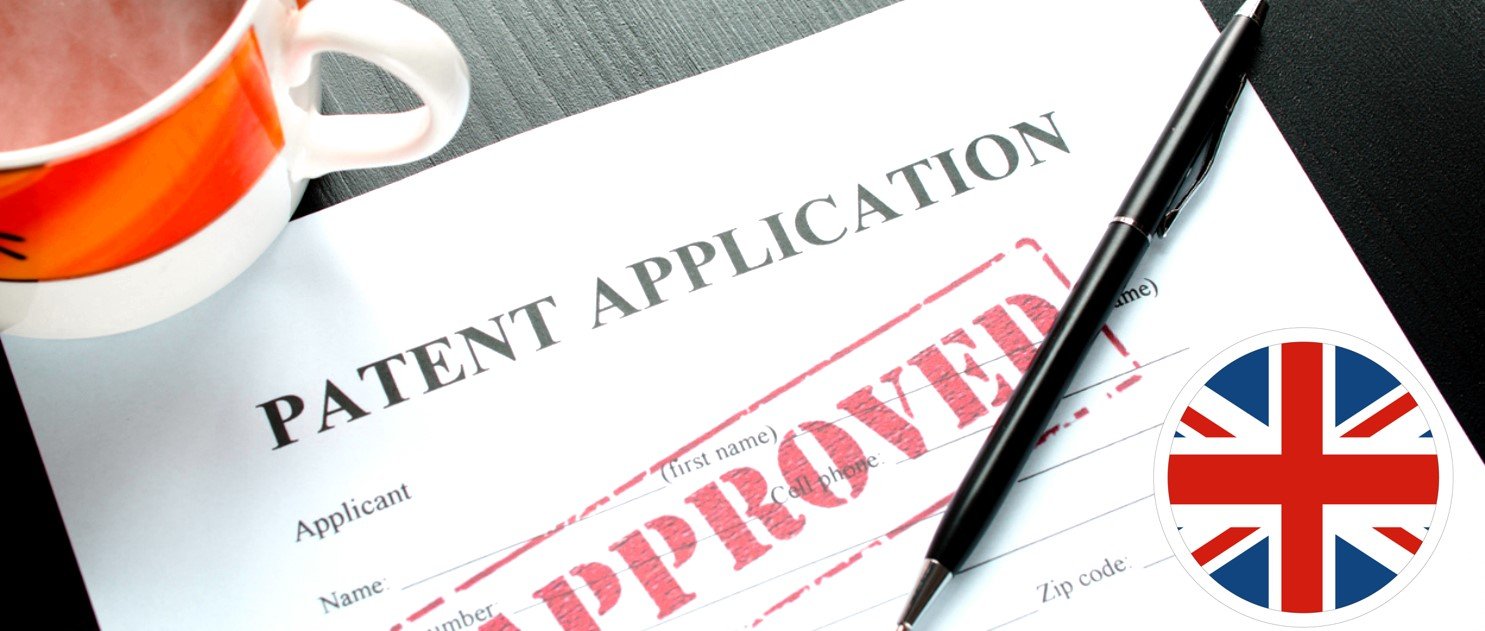How to File a Patent Application in 2024: A Step-by-Step Guide

In today’s rapidly evolving technological landscape, protecting your inventions is paramount. Filing a patent application is the key to safeguarding your intellectual property and ensuring that your innovative ideas remain exclusively yours. This comprehensive guide will take you through the intricacies of filing a patent application in 2024, providing a step-by-step approach to navigating the legal complexities with confidence.
Understanding the Basics of Patenting
Before delving into the application process, it’s crucial to grasp the basics of patenting. This includes understanding the three main types of patents: utility patents, design patents, and plant patents. Each type serves a distinct purpose, and having a solid understanding of these fundamentals will lay a strong foundation for the entire process.
Preparing for the Patent Application Process
Conducting a Preliminary Patent Search
The first step in the patenting journey is conducting a thorough preliminary patent search. This ensures that your invention is unique and hasn’t been patented before. We’ll guide you through effective search strategies, using online databases and resources to uncover existing patents that might impact the success of your application.
Documenting Your Invention
Detailed documentation is the backbone of a successful patent application. Learn how to effectively capture every aspect of your invention, providing a comprehensive and compelling case for patent approval. We’ll discuss the importance of clear diagrams and detailed descriptions and the significance of keeping a well-organized record of the inventive process.
Read More: Patent Attorney 2023: Who They Are, What They Do-LawyerMag
Choosing the Right Type of Patent
Understanding the nuances of different patent types is crucial. Whether your invention is a new process, a unique design, or a distinct plant variety, tailoring your application to fit the right category is essential. We’ll delve into utility patents, design patents, and plant patents, exploring the specific protection each offers.
Utility Patents
Utility patents cover new and useful processes, machines, or compositions of matter. We’ll guide you through the intricacies of drafting claims and ensuring your utility patent application stands out.
Design Patents
For those with inventions focused on aesthetic design, design patents protect the ornamental aspects of your creation. Learn how to emphasize the unique visual elements of your design in your application.
Plant Patents
If you’re involved in horticulture or botany, plant patents offer protection for new and distinct plant varieties. We’ll explore the specific requirements and documentation needed for a successful plant patent application.
Meeting Patent Eligibility Criteria
Navigating patent eligibility criteria is crucial for a successful application. We’ll guide you through the requirements, ensuring your invention meets the necessary criteria for patent protection.
Drafting the Patent Application
Crafting a compelling patent application involves several key components. We’ll break down the drafting process, covering:
Title and Abstract
Create a captivating title and abstract that succinctly convey the essence of your invention. We’ll discuss best practices for grabbing the examiner’s attention from the start.
Detailed Description of the Invention
Provide a comprehensive and clear description of your invention, leaving no room for ambiguity. We’ll explore the importance of clarity and detail in this critical section of your application.
Claims
Master the art of drafting claims and defining the precise boundaries of your invention. Well-crafted claims are essential for the patent examiner’s understanding and approval of your application.
Professional Help vs. DIY Approach
Choosing between seeking professional assistance or taking a do-it-yourself approach is a critical decision. We’ll weigh the pros and cons, helping you make an informed choice based on your specific circumstances.
Filing the Patent Application
The filing process is a crucial step in bringing your invention under legal protection. We’ll guide you through both online and traditional paper filing methods, ensuring a seamless submission process.
Online Filing Process
Explore the convenience of filing your patent application online. We’ll provide step-by-step instructions and tips for a smooth online filing experience.
Paper Filing Process
For those who prefer the traditional route, we’ll outline the steps involved in filing a paper application. Understand the requirements and nuances of this process.
Understanding the Patent Examination Process
Once your application is filed, it undergoes examination by a patent examiner. We’ll provide insights into the examination process, helping you understand how your application will be evaluated.
Responding to Patent Office Actions
Anticipating and effectively responding to patent office actions is crucial for a successful application. We’ll guide you through the common reasons for rejections and how to address them promptly and effectively.
Paying Maintenance Fees
Securing a patent is not the end of the journey. We’ll discuss the importance of paying maintenance fees to keep your patent in force throughout its term.
Patent Issuance or Rejection
Navigate the anticipation of either receiving your patent or facing rejection. We’ll help you understand the reasons for rejection and strategies to overcome challenges.
International Patent Protection
For inventors with global ambitions, we’ll explore the avenues of international patent protection. Understand the processes and considerations for extending the reach of your intellectual property beyond national borders.
Enforcing Your Patent Rights
Once your patent is secured, it’s essential to understand how to enforce your rights and protect your invention from infringement. We’ll provide insights into legal avenues and best practices for safeguarding your intellectual property.
Conclusion
In conclusion, filing a patent application in 2024 is a nuanced process that demands a blend of legal understanding and creativity. By following this step-by-step guide, you’ve equipped yourself with the knowledge needed to embark on this journey confidently.
FAQs
- How long does the patent application process take?
- The duration varies but typically ranges from one to three years.
- Can I file a patent application without professional help?
- Yes, you can, but professional guidance is recommended for a smoother process.
- What happens if my patent application is rejected?
- You can appeal the decision or make amendments to address the examiner’s concerns.
- Are there any alternatives to patent protection?
- Yes, trade secrets and copyrights offer alternative forms of intellectual property protection.
- Is international patent protection necessary?
- It depends on your market and business strategy; international protection can be beneficial in certain cases.








2 Comments